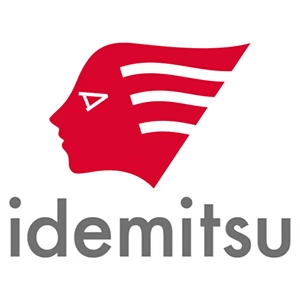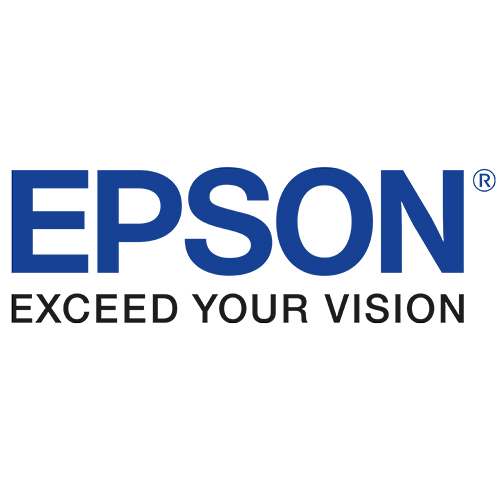AM > Content transformation > Video localization
Video localization services
We offer comprehensive video localization services, including translation & subtitling, as well as voice-over & dubbing, ensuring your content is accurately adapted for global audiences while maintaining cultural relevance and authenticity.
Our video localization services
Translation & Subtitling
On-Screen Text & Graphics Localization
Voiceover & Dubbing
Video Editing & Post-Production Localization
Compliance & Regulatory Localization
Cultural & Visual Adaptation
Request video localization services
FREQUENTLY ASKED QUESTIONS
ON VIDEO LOCALIZATION SERVICES
Video localization is the process of adapting video content to different languages, cultures, and regions while maintaining its intent, tone, and visual impact. It goes beyond simple translation, incorporating elements such as:
Subtitling and Closed Captions – Translating and synchronizing on-screen text to match dialogue and cultural nuances.
Dubbing and Voiceover – Replacing the original audio with a professionally recorded voice track in the target language.
On-Screen Text and Graphics Adaptation – Adjusting visuals, such as text overlays or infographics, to ensure comprehension and cultural relevance.
Cultural Sensitivity Edits – Modifying gestures, symbols, or content that may not be appropriate in certain regions.
In an increasingly globalized world, video localization is more important than ever. Simply translating subtitles or dubbing voiceovers is not enough—localization adapts the entire video experience to fit the cultural, linguistic, and regional preferences of different audiences. Here’s why it matters:
- Expands Global Reach – With billions of internet users worldwide, localized videos allow businesses to connect with new audiences.
- Boosts Engagement and Retention – Viewers are more likely to engage with content in their native language, increasing watch times and conversion rates.
- Enhances Brand Credibility – A well-localized video demonstrates respect for cultural diversity and professionalism.
- Improves SEO and Visibility – Localized videos rank better in search engines, driving traffic and improving discoverability.
- Increases ROI – Investing in video localization leads to higher returns through expanded market penetration and improved customer experience.
Video localization is transforming how businesses and organizations communicate with global audiences. By adapting content for different languages and cultures, several industries can increase engagement, improve user experience, and expand market reach. Here are some key industries benefiting from video localization:
Entertainment & Media – Movies, TV shows, and streaming platforms rely on localization for global distribution.
E-Learning & Training – Educational institutions and corporate training programs use localized videos to improve learning outcomes.
Marketing & Advertising – Brands use localized video ads to personalize messaging for international markets.
Gaming – Video game developers ensure a seamless experience for players worldwide with localized dialogue and text.
Technology & Software – Product demos, tutorials, and customer support videos help users navigate software in their language.
| Feature | Voiceover 🎤 | Dubbing 🎭 |
|---|---|---|
| Definition | A translated narration added over the original audio | A full replacement of the original dialogue with a new language |
| Usage | News reports, training videos, documentaries | Movies, TV series, animated content, video games |
| Synchronization | Doesn’t match lip movements; original audio can be heard faintly | Perfectly matches lip movements for an immersive experience |
| Cost | More affordable | More expensive due to production complexity |
| Cultural Adaptation | Translated but retains original emotions | Fully adapted to match cultural and emotional nuances |
- Media & Entertainment: Streaming platforms (Netflix, Disney+), TV networks, and movie studios localize movies, shows, and animations for global audiences.
- Corporate & E-Learning: Companies localize training videos, onboarding materials, and webinars for international employees.
- Marketing & Advertising: Brands adapt commercials, product demos, and promotional content to resonate with local markets.
- Gaming Industry: Video game cutscenes, trailers, and tutorials are localized for global gamers.
- Government & NGOs: Public service announcements, educational campaigns, and awareness videos are adapted for multilingual communities.
Video localization involves adapting a video for a specific target audience by translating dialogue, captions, and other elements. However, simple translation isn’t enough—cultural and visual adaptation ensures the video resonates with the audience’s culture, values, and expectations.
1. Cultural Adaptation
This refers to modifying content to align with the cultural norms, values, and preferences of the target audience. It includes:
- Language Nuances: Adapting slang, idioms, and humor to be meaningful to the audience.
- Cultural Sensitivity: Removing or modifying elements that may be offensive or inappropriate in a different culture.
- Relatable Contexts: Adjusting references (e.g., local celebrities, traditions, or landmarks) to make them familiar to the audience.
- Social Norms & Etiquette: Ensuring gestures, behaviors, and conversational styles align with the audience’s expectations.
2. Visual Adaptation
This involves changing visual elements of a video to make it more relevant and engaging for the target audience. It includes:
- Text & Graphics: Replacing on-screen text, subtitles, and UI elements with translated versions in the correct format and font.
- Symbols & Icons: Modifying culturally specific symbols that may not be understood globally (e.g., currency symbols, measurement units, or traffic signs).
- Colors & Aesthetics: Adjusting color schemes if they hold different meanings in different cultures (e.g., red symbolizes luck in China but danger in Western cultures).
- Character Representation: Replacing or editing characters or animations to reflect diverse ethnicities or cultural appearances.
- Product Placement & Branding: Adjusting brand names, logos, or products to match those used in the target region.







